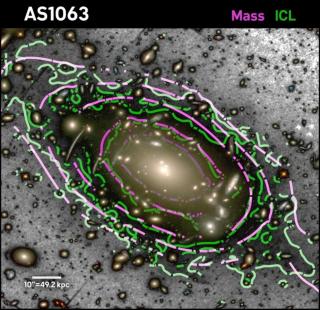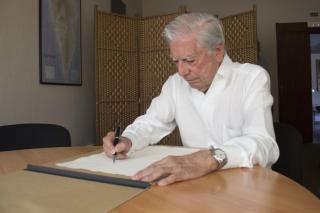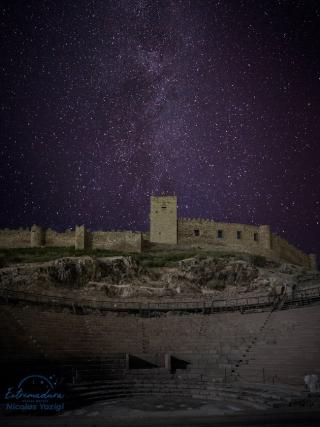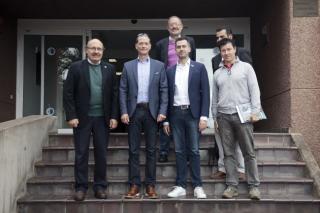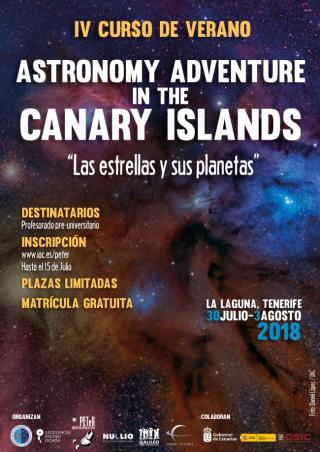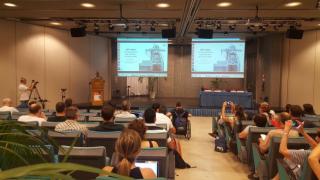Rome, with its knowledge of the skies, oriented many of its cities according to the position of the heavenly bodies, notably to sunsets and sunrises during the solstices. With this in mind the Summer solstice will be broadcast directly form the Roman town of Medellín (Badajoz) with the participation of researchers from the Instituto de Astrofísica de Canarias (IAC), Andrea Rodríguez and Miquel Serra-Ricart. The event will be viewable via the sky-live.tv channel, on the 20th of June, thanks to the collaboration of the European STARS4ALL project, and an initiative of the Government (Junta) of
